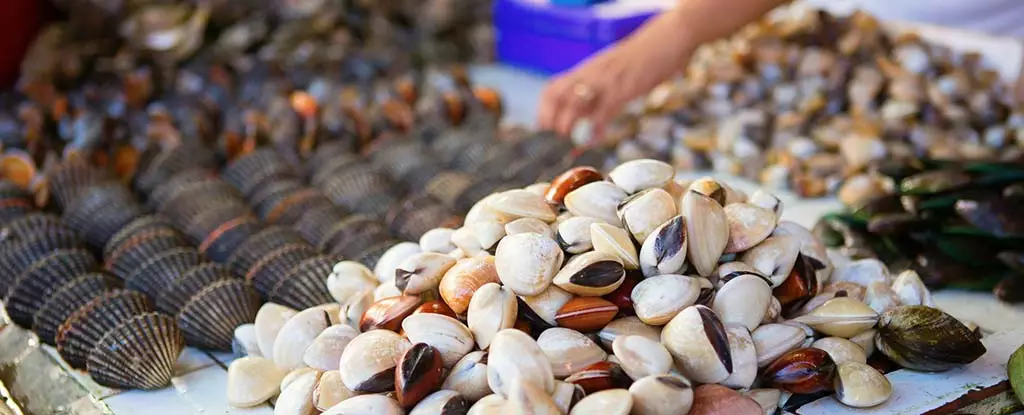The Philippines is a crucial player in the global seafood market, contributing over four million tonnes annually and ranking as the 11th largest seafood producer worldwide. The nation’s sprawling islands and rich tropical waters provide a fertile ground for a diverse array of marine life, with coastal communities depending heavily on the vitality of this industry for their livelihoods. However, the discovery of harmful algal species in shellfish cultivated in these waters poses a significant threat to both public health and environmental sustainability.
Recent scientific findings have highlighted the presence of two microscopic algae—species of the genus Pseudo-nitzschia—within the marine ecosystems surrounding the Philippines. These diatoms are notorious for their ability to produce domoic acid, a neurotoxin that can accumulate in seafood, particularly in shellfish, sardines, and anchovies that comprise a substantial portion of the Filipino diet. Though instances of domoic acid contamination in seafood reaching consumers are infrequent, the potential consequences of such toxicity range from gastrointestinal distress to severe neurological impairment, including memory loss and even death.
A particularly alarming historical case occurred in 1987 on Prince Edward Island, Canada, where an outbreak of amnesic shellfish poisoning resulted in three fatalities and over one hundred hospitalizations. The source was traced back to blue mussels contaminated with high levels of domoic acid. Such instances underline the urgency of monitoring marine algae to safeguard public health, particularly in light of increasing human activities that exacerbate algal blooms.
The relationship between human activity and the frequency of harmful algal blooms is well-documented. Nutrient runoff from agricultural practices, industrial waste, and urbanization has fueled these blooms and directly linked them to rising cases of seafood contamination. The abundance of nutrients encourages algal proliferation, which in turn threatens marine biodiversity and complicates the livelihoods of those reliant on fishing and aquaculture.
In the case of the Philippines, researchers from Ateneo de Manila University and Universiti Malaysia Sarawak express concern regarding local Pseudo-nitzschia blooms. Their focus on the densely populated island of Luzon reveals a pressing need for enhanced monitoring protocols, particularly as they documented the presence of harmful diatoms in commercially farmed shellfish samples.
The collaboration between researchers and local seafood producers aims to establish a reliable framework for monitoring potential algal blooms. In their investigation, scientists collected seawater samples from prominent aquaculture sites such as Sotto’s Tahong Farm in Bacoor Bay and Pagbilao Bay, the latter known for its slipper oyster population. This research yielded 15 strains of Pseudo-nitzschia, with genetic analysis confirming the presence of two species known for toxic production: Pseudo-nitzschia pungens and Pseudo-nitzschia brasiliana.
Notably, the detection of Pseudo-nitzschia brasiliana marks the first recorded instance of this species in Luzon waters. By identifying the precise strains of algae present, researchers hope to improve monitoring strategies and develop preventative measures against future toxic outbreaks.
The potential ramifications of these findings extend beyond ecological health, affecting local economies and food security. Coastal communities, whose survival depends on fishing and aquaculture, face the threat of declining seafood safety and the potential loss of livelihoods. Therefore, proactive engagement between scientists, policy makers, and local fishers is paramount in addressing these challenges.
Looking forward, enhancement in real-time surveillance systems is essential to mitigate the risks associated with algal blooms. Establishing clear communication between scientists and those involved in seafood production can promote best practices and encourage the implementation of measures to limit the occurrence of harmful algal species.
While the Philippines enjoys a prominent position in the global seafood market, the threat posed by toxic marine algae necessitates rigorous scientific inquiry and proactive community engagement. Through collaborative efforts to monitor, understand, and respond to these environmental challenges, the nation can safeguard its seafood industry against the potential dangers of algal contamination.


Leave a Reply